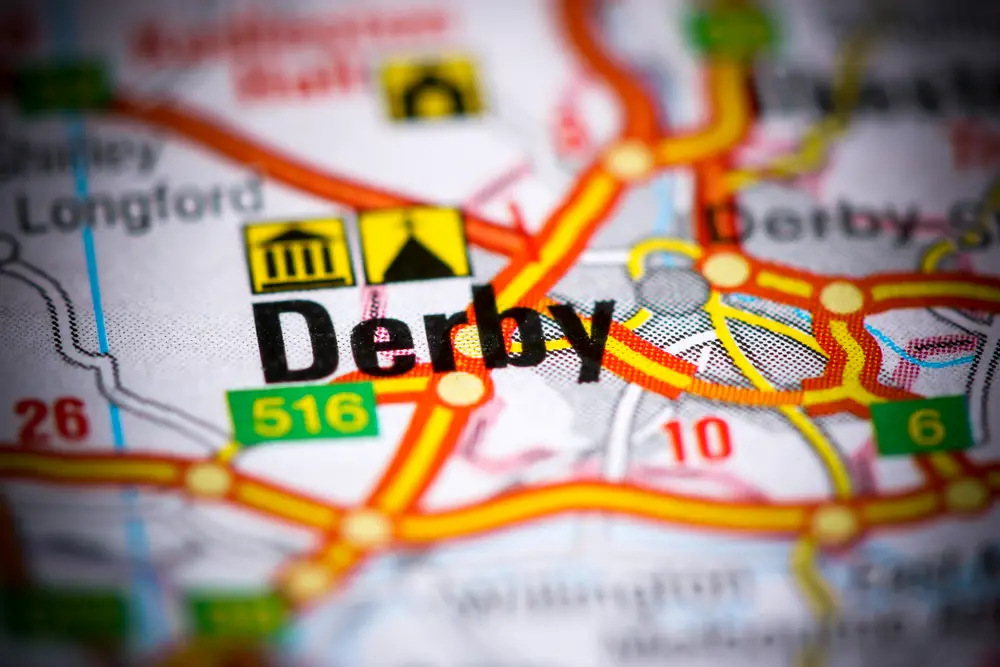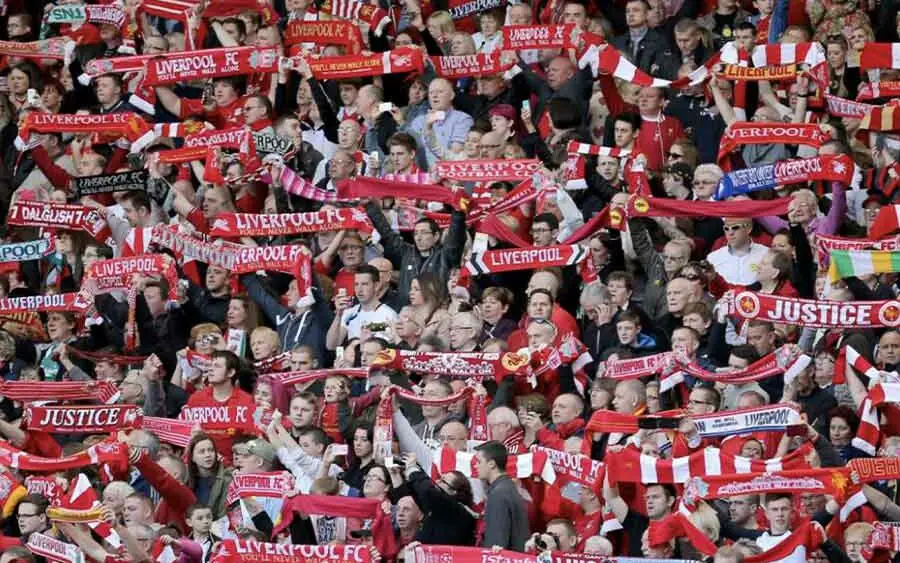What is a Derby in Football and Why is it Called a ‘Derby’?
Imagine this – it’s game day, and you’re having a cold one at your local sports bar. The TV is tuned to a football match featuring two local rivals, and suddenly someone yells, “It’s a Derby!” And you’re left scratching your head, “Why in the world do they call it a Derby?”
Trust me, you’re not alone. Let’s clear the air: this term has zero to do with the Kentucky Derby. In the exhilarating universe of football a Derby, pronounced ‘Darby’, is the ultimate neighborhood brawl.
In the world of football, a Derby, as mentioned, pronounced ‘Darby’, signifies a match between two geographically close teams. We’re not just talking about city close, sometimes we’re talking about the same street close. Think “neighbors turned into fierce rivals”.
In the quaint English town of Derby, history buffs claim, the first local football match was called a Derby, a term we now extend to all local face-offs.

The Merseyside Derby, as an example, began in 1892 when Everton, the original tenants of Anfield, had a dispute with the landlord. They packed their bags and stomped off to Goodison Park, just across Stanley Park. Left with a stadium but no team, the landlord founded Liverpool F.C., and voila! A derby was born!
Although, with the construction of a new Everton home ground – Bramley Moore, the Toffees and the Reds won’t be that close since the new Everton home ground should be open sometime in 2024.
Or how about the North London Derby, where Arsenal and Tottenham Hotspur are the ones in focus? It’s not just about who gets the bragging rights, but about the centuries-old narratives, the city’s pride, and, well, the occasional heartbreak.
Other world-famous derby games
Now, let’s take a little trip a bit further.
Venturing across the channel, El Clasico wasn’t always the explosive face-off we see today. For a long time, the rivalry was rather civil. But then came the era of General Franco. Franco’s regime suppressed the Catalonian culture, of which Barcelona was a beacon. Real Madrid, on the other hand, was seen as the regime’s darling. This political scuffle was played out on the pitch, adding fuel to the simmering rivalry, and morphing it into the fierce derby we now witness.
Heading to Serbia, where the Eternal Derby carries the echoes of the country’s turbulent past. Red Star Belgrade and Partizan Belgrade were both founded in 1945, just after the Second World War. Red Star was backed by the security apparatus, while Partizan was a club founded by the army. The divide was not just geographical but also ideological. The tensions on the pitch mirrored those on the streets, and over time, this clash became one of the most passionate and heated derbies in the world.

In Argentina, the Superclásico is where Buenos Aires’ own Boca Juniors and River Plate face off. This Derby isn’t just a game, it’s the center of attention for every single football fan in Argentina. Representing different social classes, Boca Juniors of the working class, and River Plate from the wealthier crowd, the tension is always high. This thrilling match, whether held in La Bombonera or El Monumental, is a raw display of Argentina’s love for football.
In the United States, sports rivalries have a different flavor. The friction is less about cultural identities and more about sporting prowess. Rivalries like the New York Yankees vs. Boston Red Sox in baseball, or the Los Angeles Lakers vs. Boston Celtics in basketball, are titanic face-offs, no doubt. They bring the entire nation to a standstill. But they lack the deep-seated local intensity of football derbies, which can divide households, neighborhoods, and even cities.
Comparison to the NFL
Comparing football derbies to other sports rivalries is a bit like comparing apples and oranges. Sure, in the NFL, there’s intense rivalry between the Green Bay Packers and the Chicago Bears. But it’s a fairly different thing altogether. In European football, the rivalries are steeped in culture, history, and local pride, making each Derby as unique as a snowflake.
In American football, teams are franchises. They can pick up and move to a new city. Contrary to that, in football, the teams are deeply rooted in their communities. They don’t just represent a city or a club, they represent a way of life. In some cases, even identity for the fans. Football is a sport, yes, but derbies give it a soul.
Conclusion
So, there you have it. Derby – a word that conjures images of flares in the stands, wild celebrations, and bitter disappointments. Whether it’s the heated battles in the English Premier League, the passionate drama of the Eternal Derby, or the cultural showdown of El Clasico, the term ‘Derby’ embodies the essence of football. It’s a celebration of the sport, the communities it binds, the cultures it represents, and the hearts it fills with joy – or occasional sorrow.
